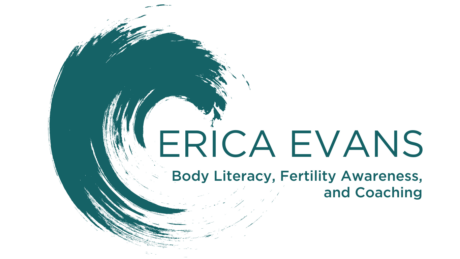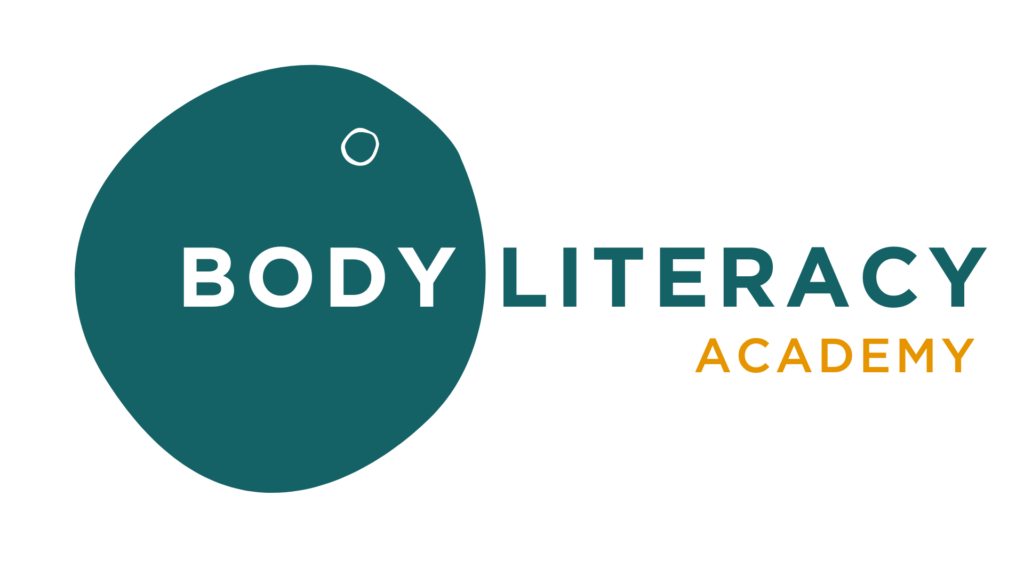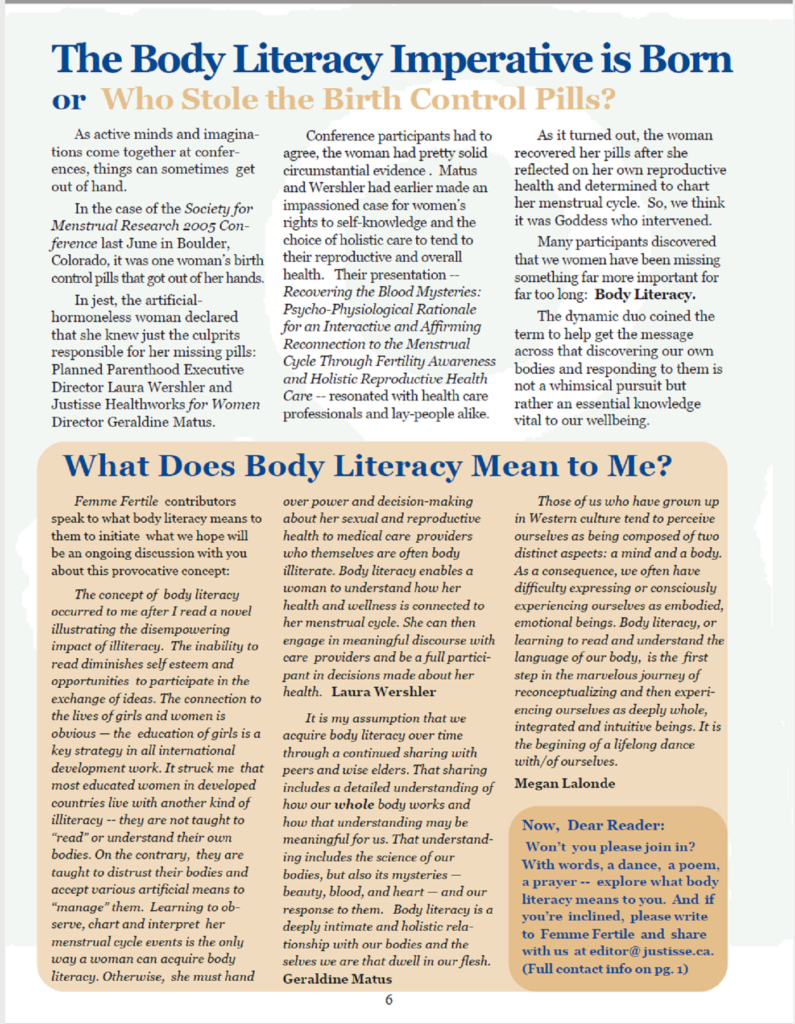Adaptation is a Disability Practice
What disabled communities can teach us about surviving transformation—from parenting to pandemics to climate collapse
I’ve been thinking a lot about the Yale Global Health Review article written by none other than 19-year-old Violet Affleck, “A Chronically Ill Earth: COVID Organizing as a Model Climate Response in Los Angeles,” and I can’t help but connect it to two books:
- Unfit Parent: A Disabled Mother Challenges an Inaccessible World by Jessica Slice (I shared her Atlantic piece The Biggest Surprise About Parenting with a Disability last month with my social media followers and this interview she gave with Anne Helen Peterson is excellent), and
- The Future Is Disabled: Prophecies, Love Notes and Mourning Songs by Leah Lakshmi Piepzna-Samarasinha (who also wrote one of my favorite books, Care Work).
All three center Disability Justice as a framework for reimagining societal structures in response to systemic crises. They show how the experiences and strategies (the adaptations) developed by disabled communities are not just methods of survival, but models for broader societal transformation. The knowledge, skills, and wisdom within disabled communities are crucial for navigating fascism, climate change, pandemics, and more.
We saw this recently during the LA wildfires. It wasn’t the government stepping in to protect people from hazardous smoke; in fact, the mayor was attempting to ban masks. It was a group of chronically ill and disabled organizers, MaskBloc LA, who quickly mobilized and distributed N95 masks to the community. In times of crisis and transformation, the lived experiences of disabled folks position them well to find a way forward.
Becoming a parent is another kind of transformation—sudden, disorienting, full of new limitations, and, at times, crisis-like. Sleep becomes fragmented. Your previously structured schedule dissolves into what I call “the new baby vortex.” Your body, time, and energy no longer feel fully your own. When I was considering becoming a parent as a chronically ill and disabled person, I felt unsure and uncertain. I had not seen any positive examples of disabled parenting in media. Was it even possible? It had to be, but I could find few representations until a disabled peer counselor pointed me to a corner of the internet where my people, disabled parents, communed.
It was there that I first found author of Unfit Parent, Jessica Slice, who was looking for folks to interview about the decision to become pregnant or the experience of pregnancy. We emailed and scheduled a call. When the day came, Jessica had to reschedule due to a family COVID infection—limitations! unpredictability! parenting! Ultimately, it was the people in this disabled parenting group—and this essay by Rebekah Taussig in the anthology We’ve Got This: Essays by Disabled Parents—that helped shift my perspective. Her words, which I clung to and repeated silently to myself throughout our entire family planning journey, helped me see that my disability hadn’t left me unprepared: it had trained me.
She writes:
“It turns out my disabled body has actually given me the precise training I need to be Otto’s mum. With time, parenting has started to feel more and more like hearing a cover of a song I’ve known by heart since I was a child.
My body and my baby are both unpredictable and take turns derailing our plans. They flourish when we lean into flexibility, imagination, and adaptability. They require patience and endurance, attention and care — they thrive when we lean into interdependence. They inspire innovation and new ways of being together; they nurture a tender, sturdy intimacy in our family; they are bewildering, magical, and demanding.”
In contrast, I’ve seen many nondisabled folks struggle with the transition to parenthood—and similarly, with living in an ongoing pandemic. The difficulty often lies not only in the transformative or often crisis-ridden event itself, but in the reluctance to shift, to relinquish the idea that we can simply return to how things were.
But adaptation isn’t about return. It’s not about “getting back to normal” or pretending it’s still 2019. A return is not an adaptation.
A return is a movement backward; a reinstatement of a prior state, often idealized as simpler or more desirable. It assumes that the past was working (working for whom I would question). In contrast, an adaptation is a modification or evolution in response to new conditions. It’s about resilience, creativity, and change (ask me another time to talk about my complicated relationship with the concept of resilience). Adaptation acknowledges that the landscape has shifted and invites us to shift with it. It doesn’t ask us to go back—though grieving the before-times is valid and often necessary. It dares us to move forward differently, more fit for the world we’re in now.
And this is where disabled communities offer invaluable guidance. We have always adapted. We are masters of modification, flexibility, and resourcefulness. We know how to live with unpredictability, how to build access where none existed, how to thrive in interdependence and community care. During my coach training, one of my mentors would often repeat that each client is a whole, creative, resourceful person with a lifetime of accumulated wisdom. I’ve never seen this more on display than among my disabled and chronically ill peers.
Each of these three works, from Violet Affleck’s article to Jessica Slice’s memoir to Leah Lakshmi Piepzna-Samarasinha’s essays, offers an needed critique of the ableist norms and systems that marginalize disabled people. Public health responses to COVID-19 sideline our needs. Dominant cultural visions of the future (especially in science fiction and tech) rarely include disabled people at all. Missing from most positive depictions of parenting in media are disabled parents. And when we erase disability from our future and ignore it in our present, we erase wisdom, creativity, joy, and expertise in living under pressure, crisis, transformation, and change.
From parenting to pandemics, disabled communities have shown what it means to adapt. Not just to survive, but to build better ways of being. We model futures rooted in community care, flexibility, and collective thriving. And those are exactly the kinds of futures we all need now. In the face of accelerating climate collapse, this model becomes even more urgent. Disabled communities already know what it means to navigate inaccessible systems, respond to crisis through mutual aid, and reimagine care beyond institutions. It is within disabled community that I most often hear serious conversations about how to survive climate collapse, because, as in nearly all crises, it is disabled people who are the first to be left behind. Or, as Anthony Fauci put it when discussing COVID-19 in 2023, “the vulnerable will fall by the wayside.”
But that kind of careless, eugenicist thinking dooms us all. The disabled community offers not just strategies for survival, but a template for how society might reorient itself toward interdependence, access, and adaptation in the face of ongoing environmental and social disruption.


